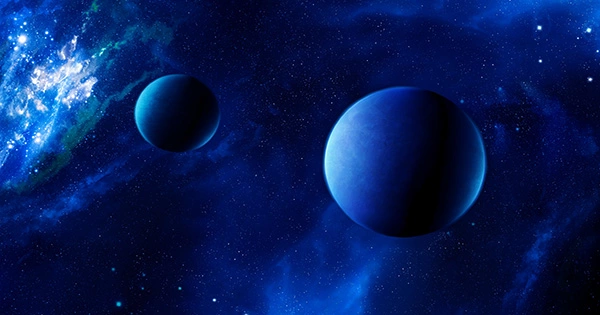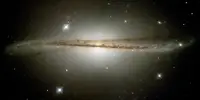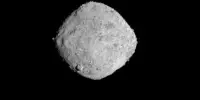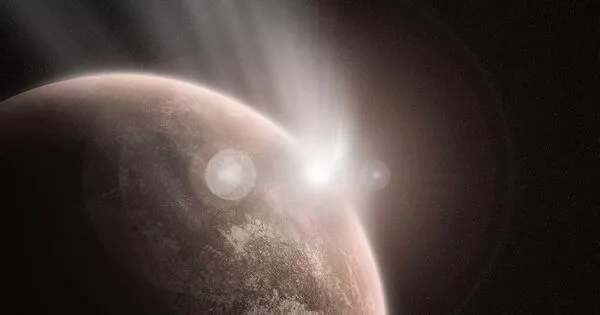In the Milky Way, our familiar, warm, golden sun is a relative rarity. By far the most common stars are far smaller and cooler, with only half the mass of our sun at most. In our galaxy, billions of planets orbit these common dwarf stars.
These planets would have to snuggle very near to their little stars to catch enough warmth to be habitable, making them vulnerable to strong tidal pressures.
The University of Florida scientists determined that two-thirds of the planets orbiting these ubiquitous tiny stars could be burnt by these tidal extremes, sterilizing them, in a new analysis based on the most recent telescope data. However, one-third of the planets—hundreds of millions across the galaxy—may be in a Goldilocks orbit, close enough and gentle enough to retain liquid water and maybe host life.
Sarah Ballard, a UF astronomy professor, and student Sheila Sagear published their findings in the Proceedings of the National Academy of Sciences the week of May 29. Ballard and Sagear have long been interested in exoplanets, or planets that orbit stars other than the sun.
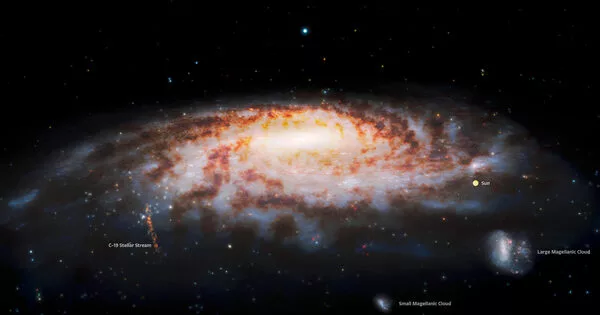
“I think this result is really important for the next decade of exoplanet research because eyes are shifting toward this population of stars,” Sagear said. “These stars are excellent targets for searching for small planets in orbits where water could be liquid and thus the planet could be habitable.”
Sagear and Ballard calculated the eccentricity of more than 150 planets orbiting these M dwarf stars, which are around the size of Jupiter. The more eccentric an orbit is, the more oval it is. An eccentric orbit can subject a planet to tidal heating if it revolves near enough to its star, around the same distance as Mercury orbits the sun.
Friction heats up the planet as it is stretched and twisted by varying gravitational pressures on its erratic orbit. At its most extreme, this might roast the globe, destroying all possibility of liquid water.
“It’s only for these small stars that the zone of habitability is close enough for these tidal forces to be relevant,” Ballard said.
The data comes from NASA’s Kepler telescope, which tracks exoplanets as they pass in front of their host stars. Ballard and Sagear focused on how long it took the planets to traverse across the face of the stars to calculate their orbits. Their research also made use of fresh data from the Gaia telescope, which estimated the distance between billions of stars in the galaxy.
“The distance is really the key piece of information that we were missing before that allows us to do this analysis now,” Sagear explained.
Sagear and Ballard discovered that stars with many planets are more likely to have the type of circular orbits required to preserve liquid water. Tidal extremes that might sterilize the surface were most likely to occur in stars with only one planet.
Given that one-third of the planets in this small sample had smooth enough orbits to potentially house liquid water, the Milky Way most certainly contains hundreds of millions of promising targets for searching for indications of life outside our solar system.
